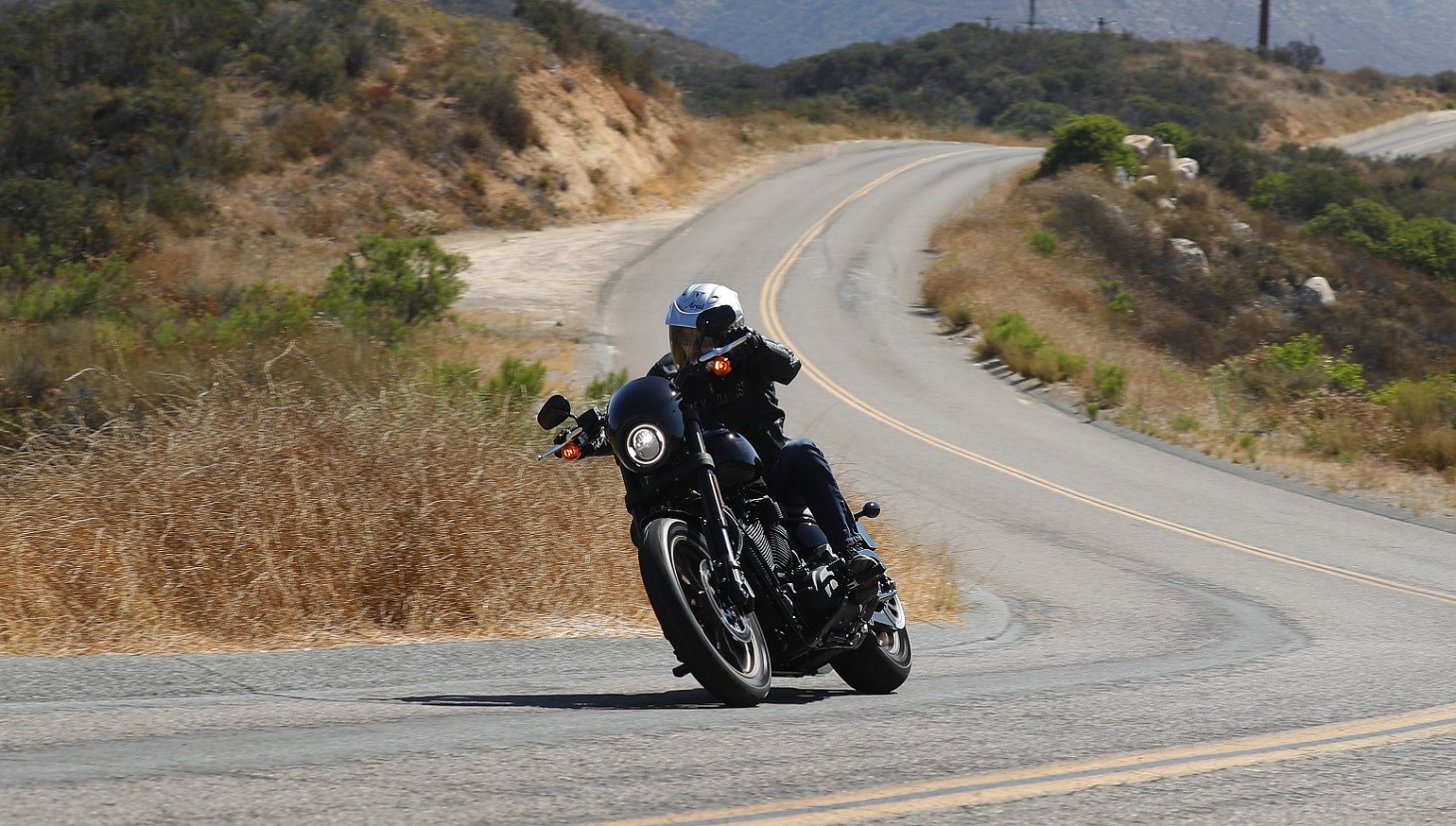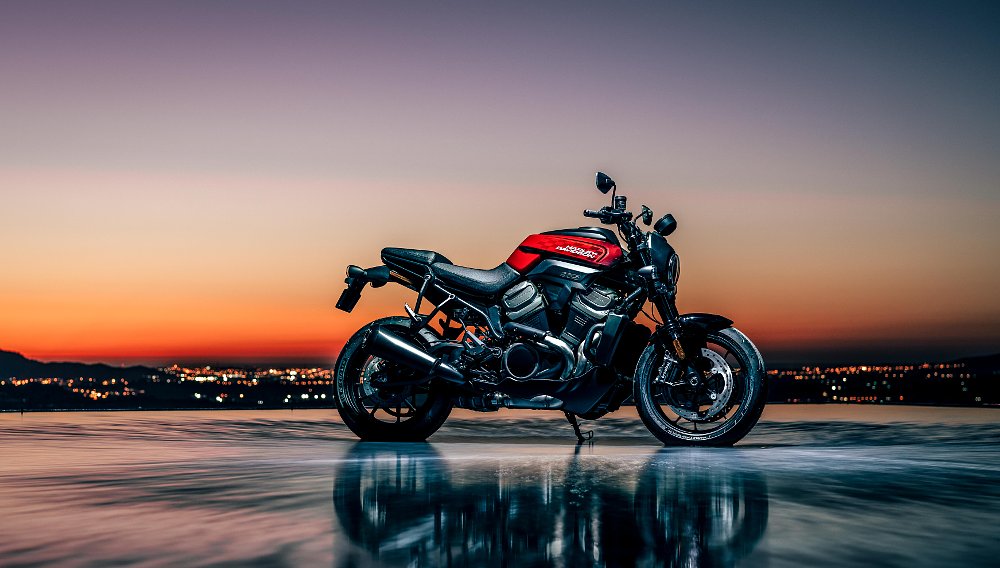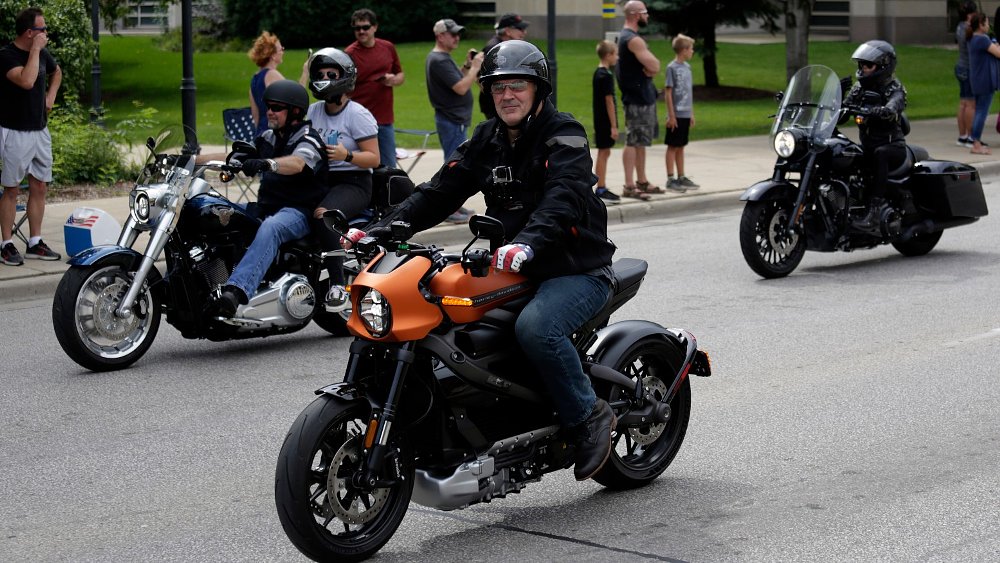In Harley-Davidson's first-quarter earnings report yesterday, we got the first hints of the new direction the company will take after its recent leadership change and being battered by the coronavirus pandemic. We also got a snapshot of current conditions in the U.S. motorcycle market, including some surprising numbers from Indian.
Both Harley-Davidson and Indian parent company Polaris reported earnings yesterday. It was a quarter that started with concerns about supply chain disruptions in places as diverse as China and Italy but with positive trends in U.S. motorcycle sales. Then everything changed in mid-March as much of the U.S. economy began shutting down.
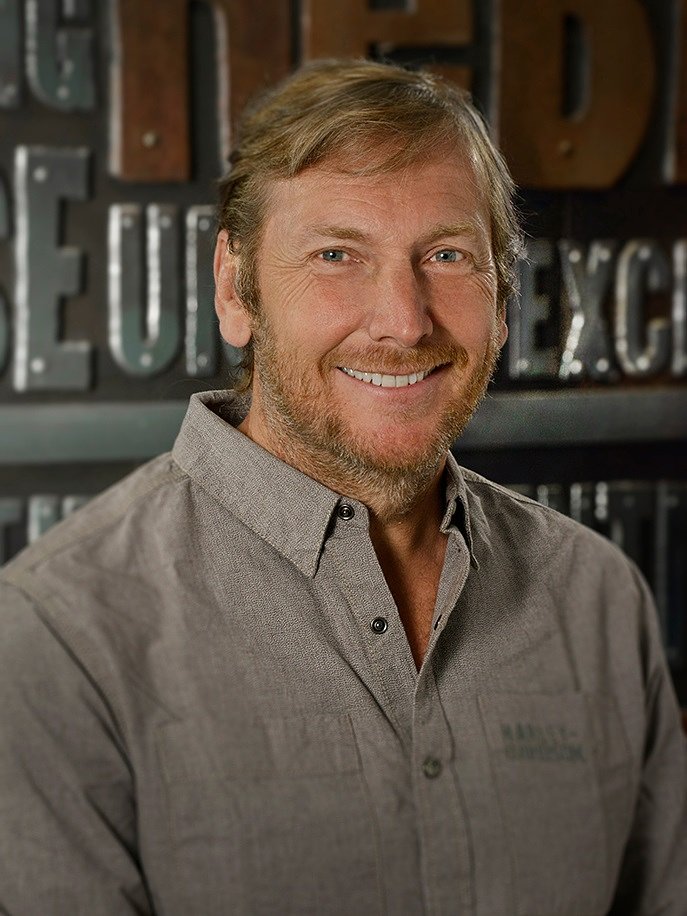
Here's some of what we learned yesterday, both about the state of the U.S. motorcycle industry now and what the future might look like.
Short term: "A tale of two quarters"
"The quarter was a tale of two quarters," said Harley-Davidson CFO John Olin. Through the middle of March, Harley's U.S. motorcycle sales were 6.6 percent ahead of last year, but then the bottom fell out as about half of Harley-Davidson dealers ceased retail sales of new bikes by the end of March and consumers began losing their jobs. For the full quarter, Harley-Davidson motorcycle sales were down 15.5 percent in the United States and 17.7 percent worldwide, compared to the first quarter of 2019.
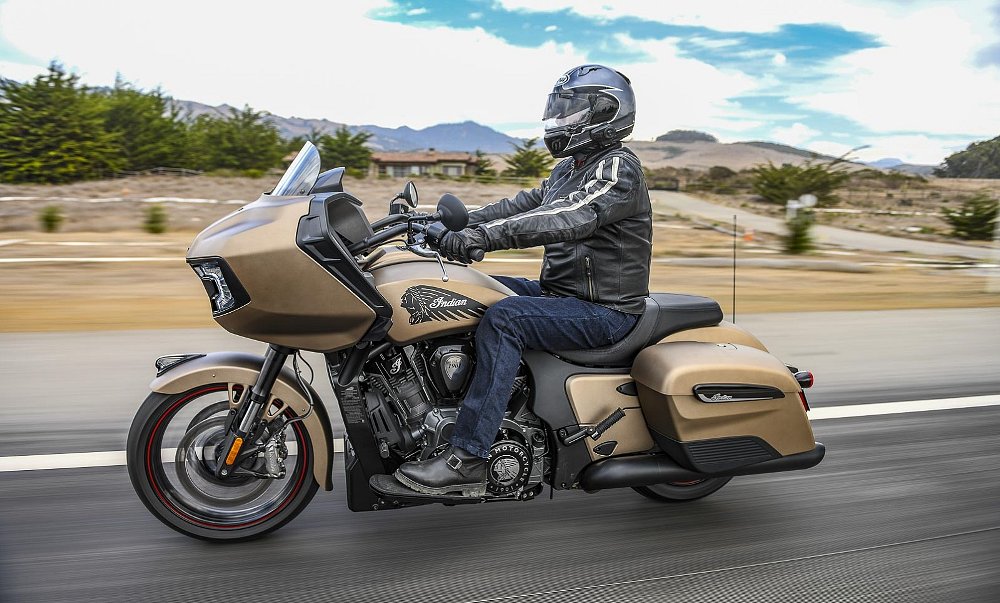
The motorcycle division at Polaris, which consists of Indian and Slingshot, was the only division to report positive growth in the first quarter, helped by the introduction of the Indian Challenger and the Slingshot with an automatic transmission. Sales were up seven percent to $126.6 million, but despite the increase, the division still reported a $1 million loss. All other divisions also reported losses.
There are some surprising positive signs for Polaris, however. The off-road vehicle division has reported sales so far in April that are "up mid-teens percent year over year," said CEO Scott Wine. It seems maybe people in rural areas less affected by restrictions are buying side-by-sides. Polaris CFO Mike Speetzen said the company expects "a U-shaped recovery" with the second quarter being the low point, with sales perhaps down 25 to 30 percent before recovering later in the year.
The two companies are very different, of course. Harley-Davidson sells only street motorcycles while Polaris sells off-road vehicles, snowmobiles, boats, the Slingshot three-wheeled car and a few Indians. One stat that illustrates the different challenges they face is the number of dealers currently closed to retail sales of new vehicles: 59 percent for Harley-Davidson and 15 percent for Polaris.
Olin said that five U.S. dealers and 20 international dealers went out of business in the first quarter. For comparison purposes, about 100 Harley-Davidson dealers closed in the Great Recession a decade ago. "We do expect the network to contract through the crisis," Zeitz said, referring to the dealers.
Harley-Davidson executives said that the dealers that are in operation are reporting good sales so far in April, but with the majority of dealers unable to sell new motorcycles and with factories still shuttered, the effects of the pandemic are far from over. Olin said the company has taken a variety of steps to improve its financial ability to survive the crisis, such as reducing salaries, closing factories, reducing the dividend to investors, suspending share buybacks and tightening lending standards. The company's current cash burn is $80 million to $100 million per month and Harley-Davidson has liquidity to survive into 2021 even if it had no revenue at all, Olin said. But of course the company does have some revenue coming in from dealers that are in operation and from the lending arm, Harley-Davidson Financial Services.
While the quarterly reports provided an interesting look at the current state of the two U.S. motorcycle manufacturers, probably the bigger news is that we got our first hints of what the new leadership at Harley-Davidson has in mind for the future. While the company is officially searching for a new CEO, Zeitz, as acting CEO, is not waiting around and he announced an initiative that will lead to a new five-year strategic plan for the company.
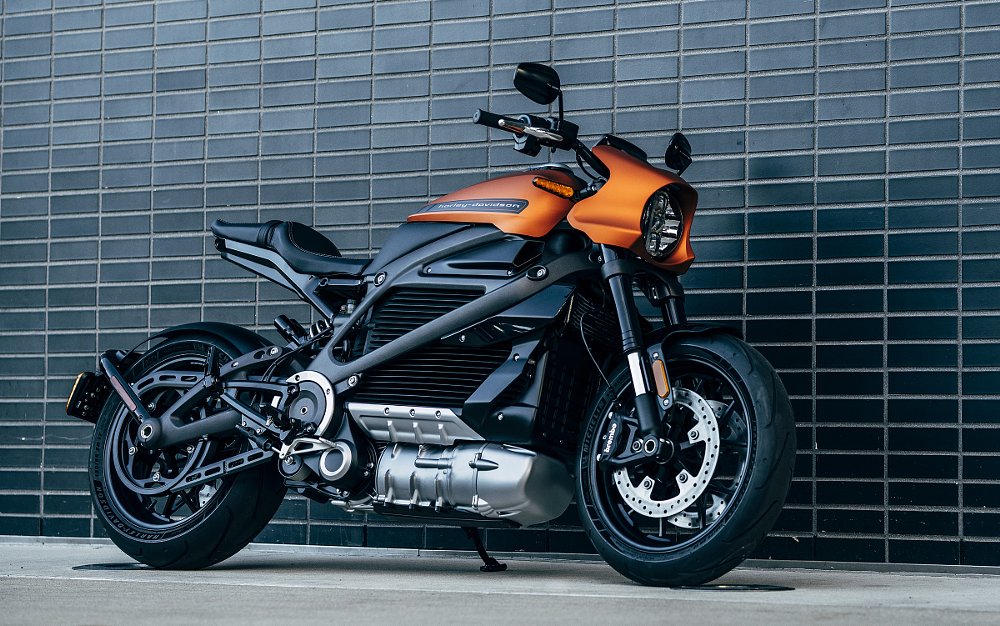
Long term: New Harley leadership, new strategic plan
"The company is executing a set of actions, referred to as The Rewire, that will be further developed over the coming months, leading to a new strategic plan," the company's earnings report stated. The new five-year plan "will incorporate key products and initiatives from the More Roads plan but will focus more on the markets and products that can drive performance in terms of profitability and growth."
More Roads to Harley-Davidson was the strategy by former CEO Levatich to increase ridership and Zeitz said some of that initiative will be retained and other parts will change. But the second half of that statement is perhaps more significant, as Harley-Davidson appears poised to shift its focus to more profitable markets.
While details were limited, Zeitz said the "U.S. needs more focus going forward" and "there will be some de-emphasizing" of some other markets. That makes me wonder about the fate of plans to build less expensive bikes for the world market. Instead, there was talk of focusing on "markets, products and customer segments that offer the most profit and potential."
Zeitz also said the changes he plans will make the company more agile. "Leadership has become somewhat isolated and... slow to respond," Zeitz said. "Morale has suffered."
Critically — at least in my opinion — Zeitz made it clear that The Rewire does not mean abandoning the new, non-traditional models the company has spent a lot of money developing, including the Pan America adventure-tourer, the Bronx streetfighter and electric motorcycles.
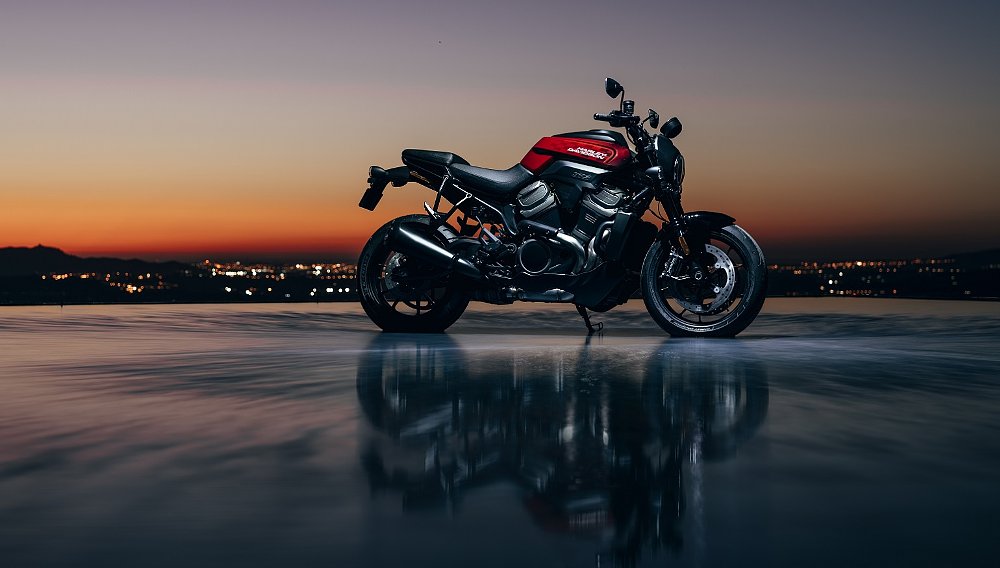
What does it all mean?
The second quarter of this year is going to be critical for the U.S. motorcycle industry, and doubly so for Harley-Davidson, which is not only going through a global economic disruption but is also changing leadership and strategy. Initial signs are encouraging for a bounce back from the near-total shutdown of late March, but nobody can guarantee the long-term course of the pandemic or the economic disruptions it has caused.
As for Harley-Davidson's strategy of focusing on more profitable markets, I will say that the reaction from the financial analysts listening to the conference call was positive. The word "refreshing" was used more than once. On top of that, Harley-Davidson stock rose more than 15 percent on the day, so investors were cheered.
All of those people may be a lot smarter than me, so take this as my personal view, for what it may be worth, but I feel like I've seen this movie before. When sales collapsed after the housing bubble burst in 2008, Harley-Davidson turned inward, focusing on "core customers." Buell was shut down. MV Agusta was given away. Harley-Davidson went back to doing what it always did best: Building big cruisers and charging a lot of money for them, in part because of the allure of the name on the gas tank.
That model brought the company stagnation, however, as core customers aged out and consumer tastes changed. Subsequent leadership tried to break out of those limits and one of the company's major goals was to make half of its sales outside the United States. Zeitz hasn't explicitly retired that goal yet, but it seems he wants to limit sales to more expensive motorcycles in richer markets. "Our strategy must be reassessed," he said yesterday.
The central problem for Harley-Davidson is that the U.S. market for heavyweight cruisers continues to shrink more than 10 percent a year and the company's new models still have to prove themselves. It's hard for me to see how becoming a more U.S.-focused company puts Harley-Davidson on a path to growth, rather than continued contraction.




